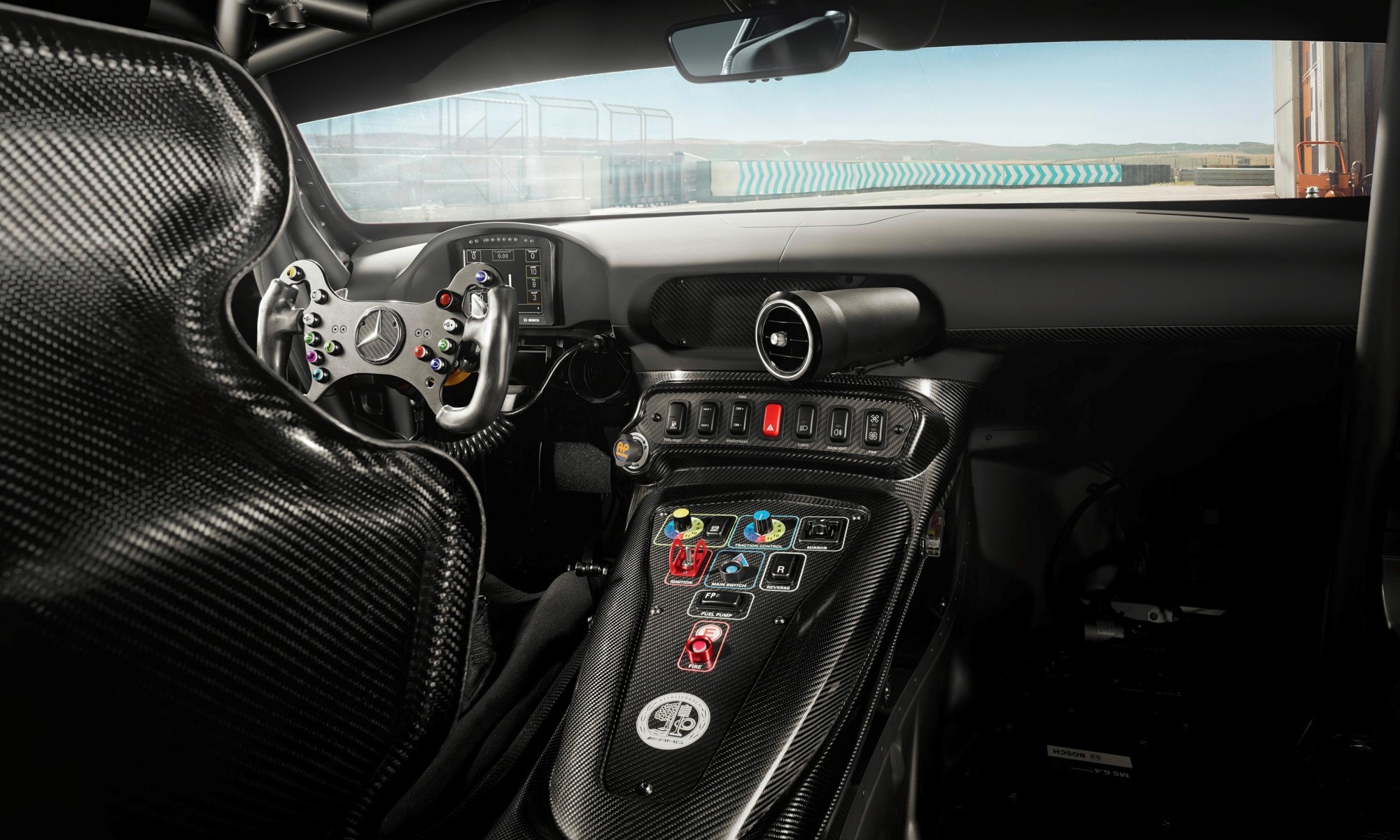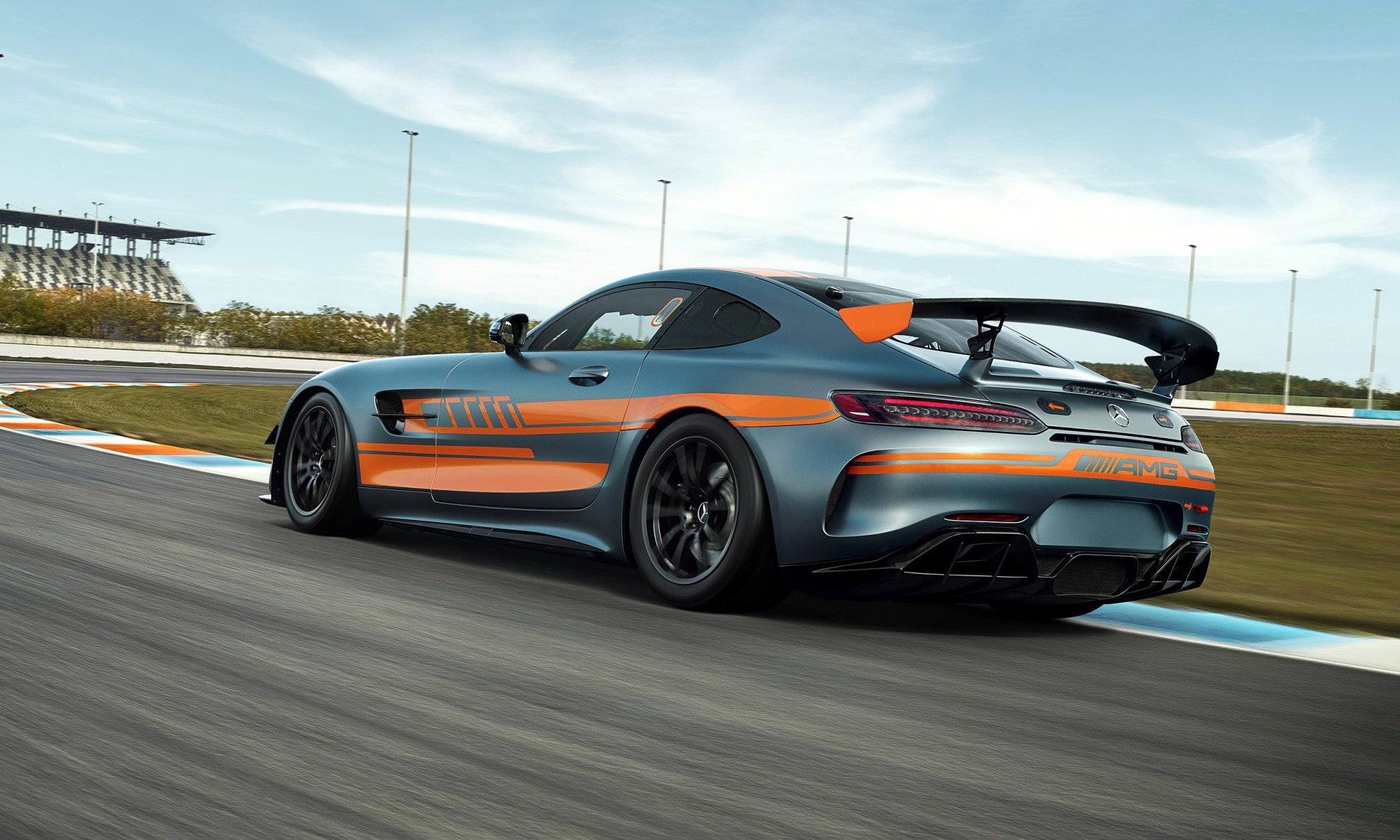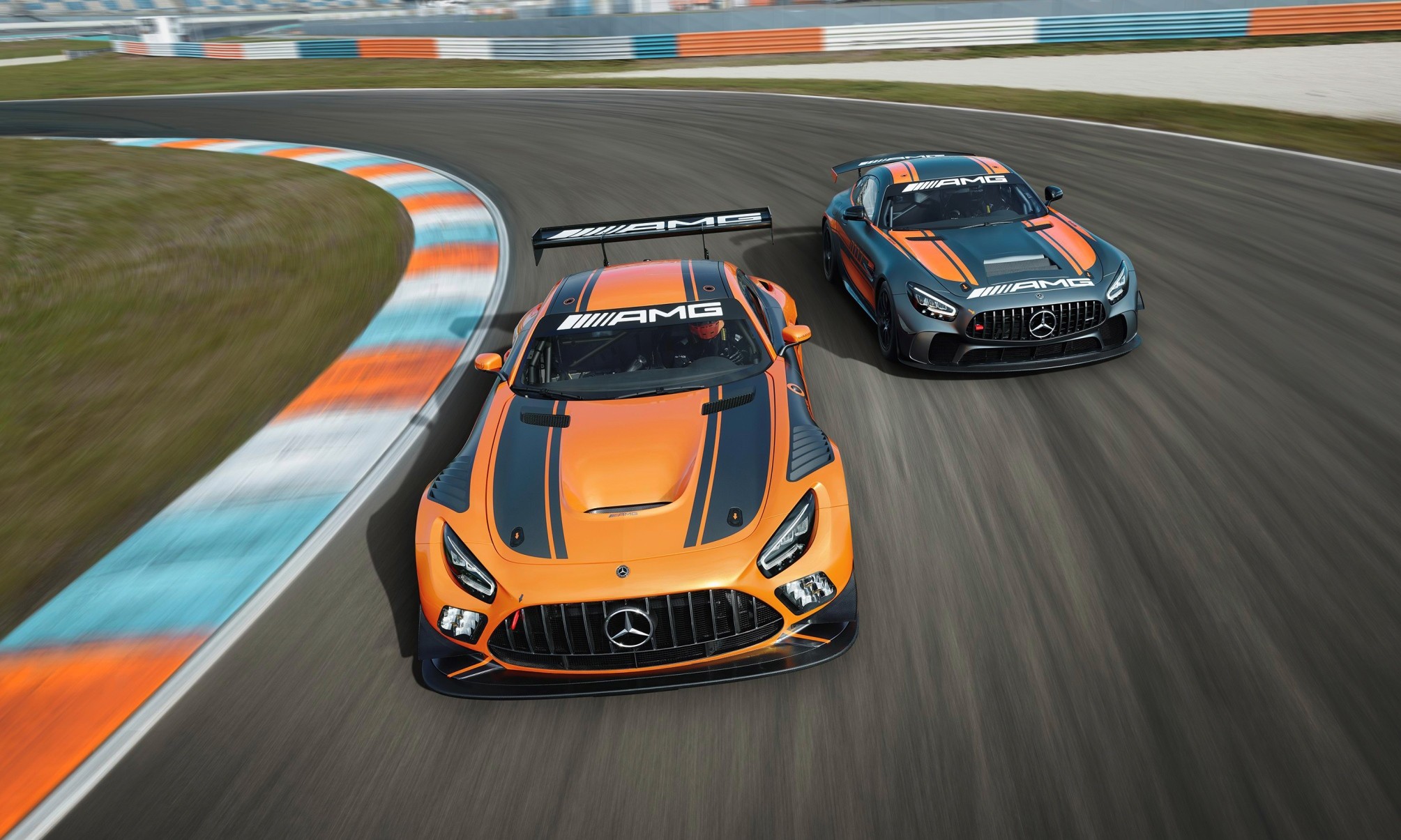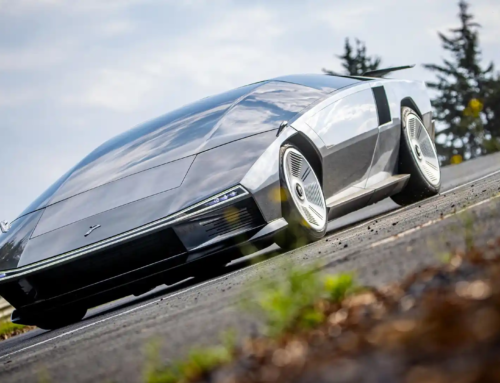Mercedes-AMG has been running an extremely successful customer racing program for ten years. To celebrate this milestone the company has unveiled an updated version of the Mercedes-AMG GT4 racecar. Its newest racecar comes after the company revealed its GT3 racer, which you can read about in this post.
Follow Double Apex on Instagram and Facebook where we share more car content.
Race history
The existing Mercedes-AMG GT4 has enjoyed high levels of success on racetracks all over the world. Its track record: 363 races, 137 podium finishes, 151 class wins and 53 overall wins since launch in 2018. Over 120 examples of the existing GT4 racecar have been delivered to teams all over the world. Race teams can either buy the updated GT4 as a complete racecar, or buy a kit that allows them to run all the newer specification parts. If you are curious, the cost of a complete car is R3,88m at today’s exchange rate.
Click here to read our scoop info on the upcoming AMG GT Black Series.
What’s new?
Engineers revised a few key areas of the Mercedes-AMG GT4. Among these are optimised brake cooling around the front axle as well as enhanced engine cooling. This has been achieved by adopting enlarged brake air inlets as well as larger diameter brake lines to prevent the brake components from overheating. To protect the engine over longer race distances a new oil cooler has been fitted.
Read our series on Track-only Supercars Part One and Part Two.
Under the lightweight bonnet is the same twin-turbocharged 4,0-litre V8 as used before. Power is quoted as 350 kW with 630 N.m of torque. The engine is mated with a six-speed sequential transmission. Power is delivered to the rear wheels via a limited-slip differential. Not that it matters to a racecar, but Mercedes says the car can accelerate from 0-100 km/h in less than four seconds.
New appearance
The revised Mercedes-AMG GT4 also includes new head- and taillights, identical to those on the Mercedes-AMG GT3 and the current Mercedes-AMG GT road cars. The new LED headlights provide better illumination of the track. In darkness or in poor visibility, this leads to decisive advantages for the drivers in terms of safety and performance.






![Koenigsegg Sadair’s Spear is a Limited-Edition Track Weapon [w/video]](https://doubleapex.co.za/wp-content/uploads/2025/07/Koenigsegg-Sadairs-Spear-rear-500x383.webp)


![Chevrolet Corvette ZR1X: An American Hypercar [w/video]](https://doubleapex.co.za/wp-content/uploads/2025/06/Corvette-ZR1X-with-aero-kit-500x383.webp)
Leave A Comment